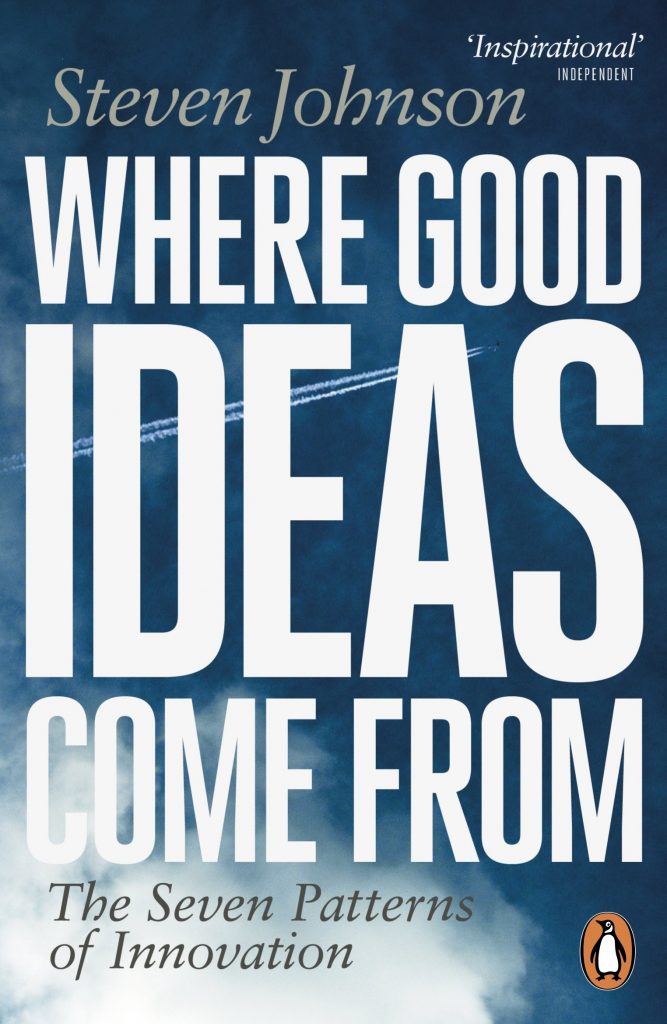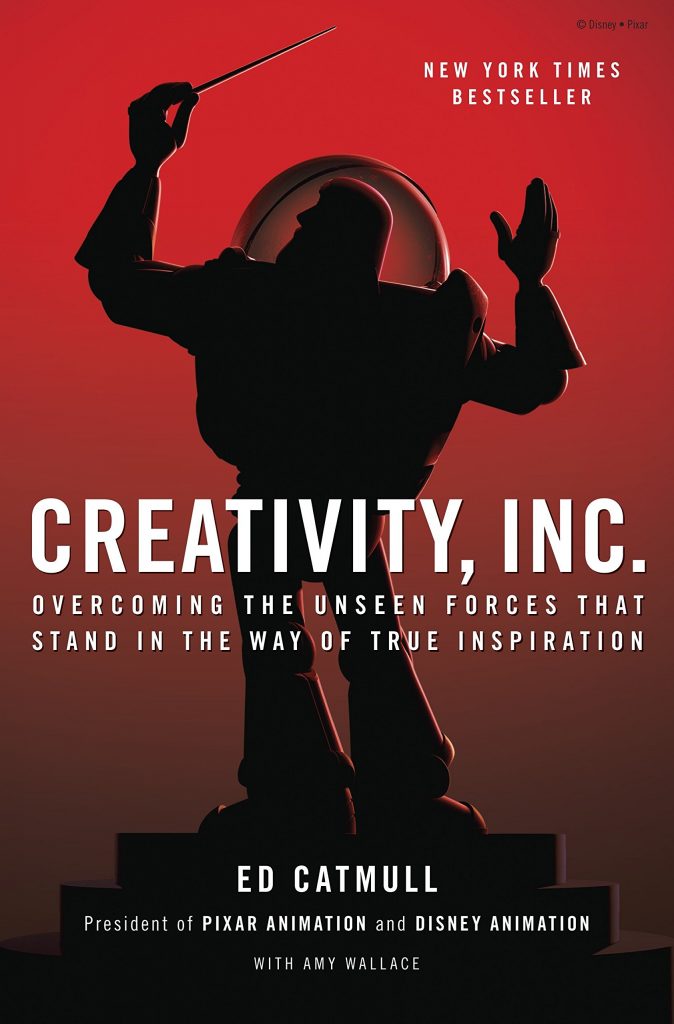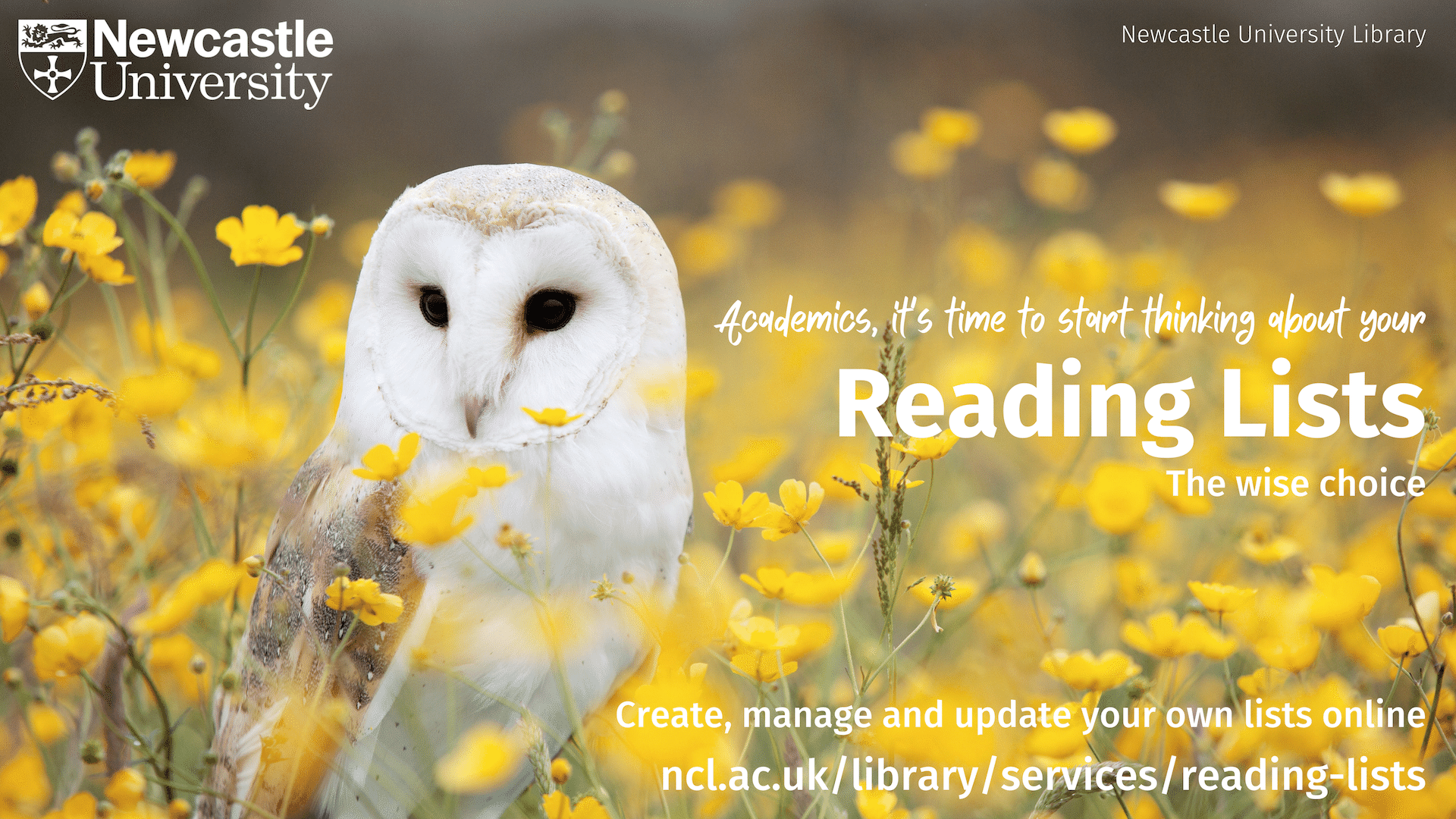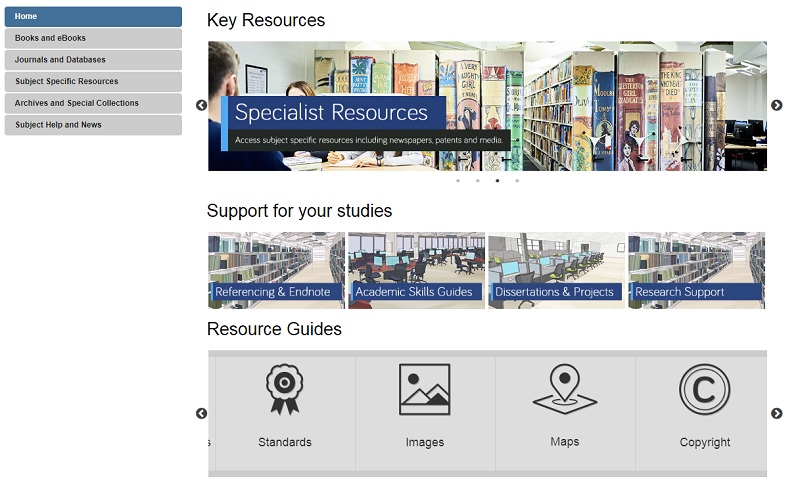 Today celebrates the 190th anniversary of the founding of the Natural History Society of Northumbria, (NHSN) a local voluntary organisation that encourages and supports research in Natural History via lectures, field outings, education courses and publication of scientific papers. The Society also established the brilliant Great North Museum: Hancock, which continues to house its fascinating Library and Archive collections, both important resources for the study of natural history in the North East of England.
Today celebrates the 190th anniversary of the founding of the Natural History Society of Northumbria, (NHSN) a local voluntary organisation that encourages and supports research in Natural History via lectures, field outings, education courses and publication of scientific papers. The Society also established the brilliant Great North Museum: Hancock, which continues to house its fascinating Library and Archive collections, both important resources for the study of natural history in the North East of England.
NHSN Library
The Library, also established in 1829, holds a wealth of material on natural history, with coverage including flora and fauna, ornithology, geology, ecology, the history of natural history and biodiversity. Here you’ll find the latest field guides for birds, plants, mammals and insects from around the world alongside regional, national and international journals and books about ecology, zoology, botany, ornithology, entomology, geology and conservation. The Library is open to everyone, but membership is required for borrowing books.
NHSN Archive
Meanwhile the Archive holds thousands of artworks, photographs, letters, diaries, and notebooks covering all aspects of natural history, zoology, botany and geology. It also includes internationally important material, notably the original watercolours, pencil drawings and proof engravings by Thomas Bewick, the Northumbria-born naturalist and wood engraver. Archive material is available to view by appointment only.
For a taste of what the collections have to offer, you can visit the Society’s newest exhibition: ‘The Beauty of Plant Science’, on display in the NHSN Library. Curated by postgraduates at Newcastle University, the exhibition presents colourful botanical illustrations alongside myths and poems to show how Science and Art coexist:
You can also find a sister exhibition, ‘The Beauty of Insects: Seeing Art in the Entomological World’ on Level 2 of the Philip Robinson Library:

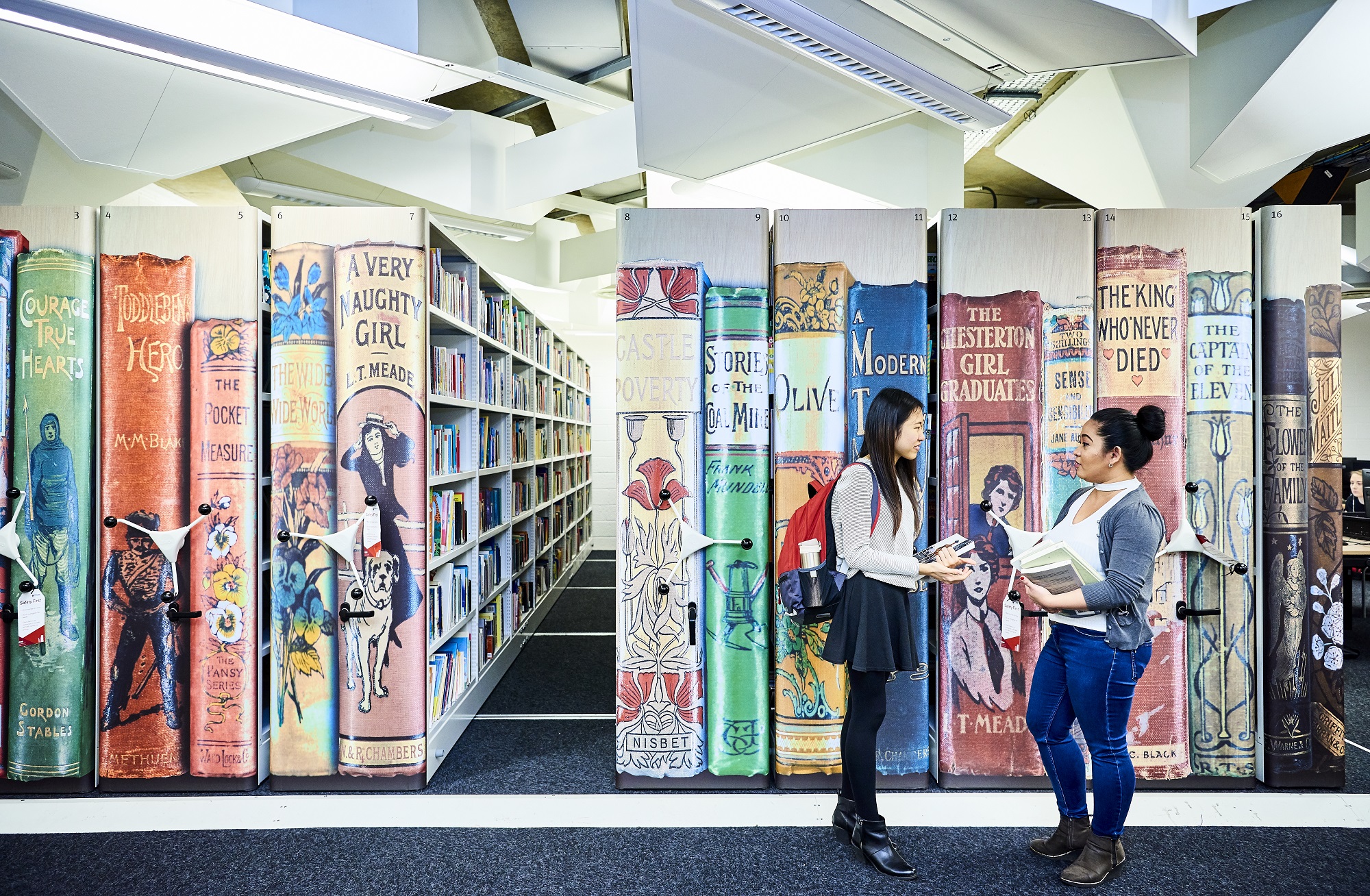

 Today celebrates the 190th anniversary of the founding of the
Today celebrates the 190th anniversary of the founding of the 

